Home>Gardening & Outdoor>Plant Care & Gardening Tips>Where Is The Coffee Plant Native To
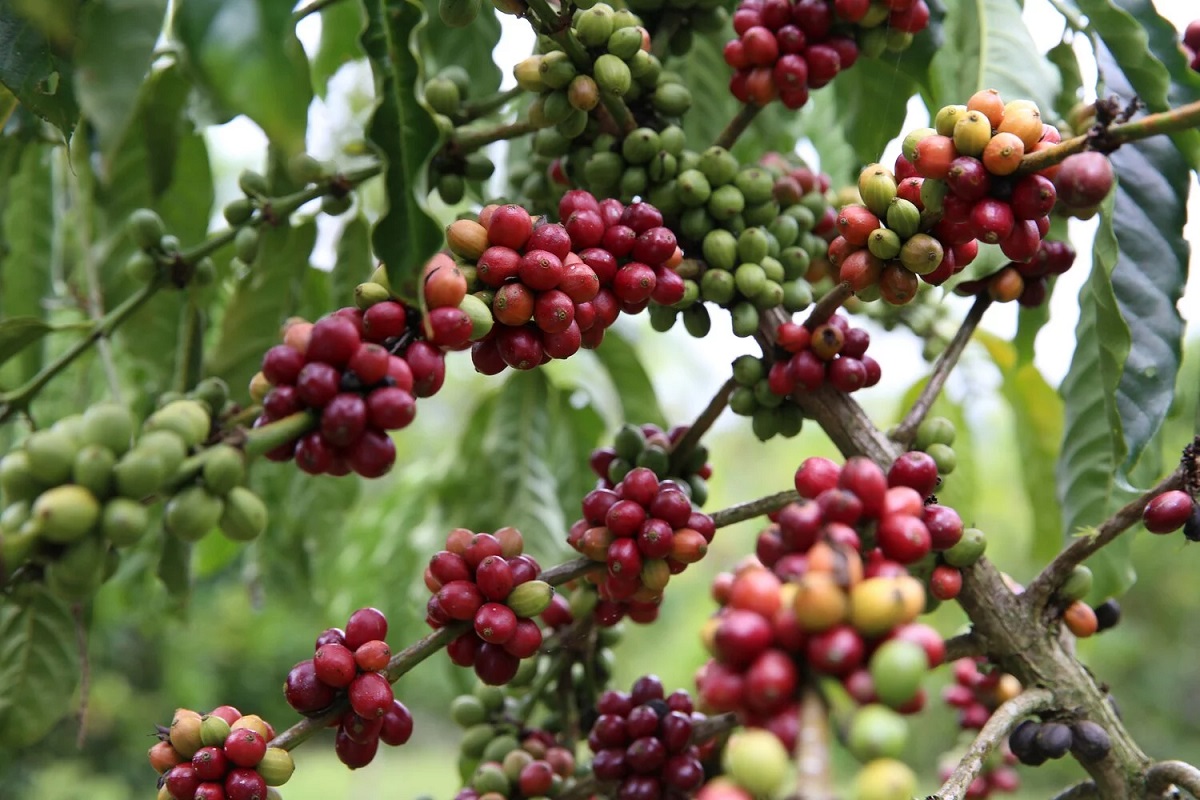

Plant Care & Gardening Tips
Where Is The Coffee Plant Native To
Modified: January 5, 2024
Discover the origins of the coffee plant and its native habitat. Learn about plant care and gardening tips for cultivating coffee plants. Explore the history and cultivation of this beloved beverage plant.
(Many of the links in this article redirect to a specific reviewed product. Your purchase of these products through affiliate links helps to generate commission for Storables.com, at no extra cost. Learn more)
Introduction
Welcome to the wonderful world of coffee plants and the fascinating journey they have taken over the centuries. Whether you’re an avid coffee drinker, a plant enthusiast, or simply curious about the origins of your favorite brew, this article will take you on a captivating exploration of the coffee plant’s history, discovery, and global presence today.
From its humble beginnings in ancient times to its widespread cultivation in diverse regions around the world, the coffee plant has a rich and storied past that continues to shape our modern-day coffee culture. Join us as we delve into the intriguing origins of the coffee plant and uncover the remarkable story behind one of the world’s most beloved beverages.
Key Takeaways:
- The coffee plant originated in Ethiopia and spread across the world, shaping diverse cultures and creating a global coffee community.
- Coffee is grown in Latin America, Africa, and Asia-Pacific, each region offering unique flavors and contributing to the rich tapestry of coffee culture.
Read more: Where Is The Snake Plant Native To
History of Coffee
The history of coffee is a tale woven with legends, mystique, and cultural significance. It is believed that the coffee plant, scientifically known as Coffea, has its origins in the ancient coffee forests of Ethiopia. According to popular legend, a goat herder named Kaldi discovered the stimulating effects of coffee after noticing the energizing impact it had on his goats when they consumed the red berries from a certain plant. Intrigued by this observation, Kaldi sampled the berries himself and experienced a newfound vitality, leading to the spread of coffee’s popularity among the local community.
As the cultivation and consumption of coffee expanded, it became an integral part of Ethiopian culture, with coffee ceremonies evolving into a cherished tradition that fostered social connections and community bonds. From Ethiopia, the journey of coffee took it across the Red Sea to the Arabian Peninsula, where it gained further prominence and became an essential aspect of Islamic culture and religious rituals.
The allure of coffee continued to spread, with the first coffeehouses, known as qahveh khaneh, emerging in the bustling city of Constantinople (present-day Istanbul) during the 15th century. These vibrant establishments quickly became hubs of intellectual exchange, lively discussions, and social gatherings, laying the foundation for the modern-day café culture that permeates societies worldwide.
By the 17th century, coffee had made its way to Europe, captivating the palates and imaginations of people across the continent. The establishment of coffeehouses in cities such as London, Paris, and Vienna transformed these spaces into vibrant centers of social interaction, commerce, and cultural exchange. The widespread popularity of coffee led to the emergence of coffee plantations in tropical regions, marking the beginning of a global coffee industry that continues to thrive to this day.
The history of coffee is a testament to its enduring appeal and the profound impact it has had on societies throughout the ages. From its origins in the highlands of Ethiopia to its status as a global commodity, the journey of the coffee plant is a testament to the enduring power of a humble berry that has captivated the hearts and minds of people across the world.
Discovery of Coffee
The discovery of coffee is steeped in the rich tapestry of ancient folklore and historical accounts that have contributed to its enduring allure. According to the popular legend of Kaldi, a goat herder in the Ethiopian highlands, the captivating story of coffee’s discovery unfolds amidst the verdant landscapes of the region. As Kaldi observed his goats becoming notably spirited and energetic after consuming the red berries from a certain plant, his curiosity was piqued, leading him to sample the berries himself. Much to his amazement, he experienced a surge of vitality and alertness, thus unraveling the stimulating effects of coffee.
This serendipitous encounter with the energizing properties of coffee berries marked the inception of coffee’s journey from its indigenous roots in Ethiopia to its eventual global prominence. The tale of Kaldi’s discovery has become an enduring symbol of the captivating allure of coffee and the profound impact it has had on human culture and society.
Furthermore, historical records indicate that the cultivation and consumption of coffee were deeply intertwined with the social and cultural fabric of Ethiopian communities, where coffee ceremonies evolved into revered traditions that fostered communal bonds and connections. These ceremonial rituals, steeped in symbolism and hospitality, continue to be cherished as integral aspects of Ethiopian culture, reflecting the enduring significance of coffee in the region.
The allure of coffee extended beyond the boundaries of Ethiopia, traversing the ancient trade routes and finding its way to the Arabian Peninsula. It was in these storied lands that coffee assumed a pivotal role in Islamic culture and religious practices, with its invigorating properties being embraced for their potential to enhance spiritual devotion and communal gatherings.
The journey of coffee’s discovery and dissemination continued to unfold, with the emergence of vibrant coffeehouses in the bustling city of Constantinople. These lively establishments, known as qahveh khaneh, quickly became vibrant hubs of intellectual exchange, animated discussions, and convivial social interactions, laying the groundwork for the vibrant café culture that would later flourish in cities across the globe.
From its humble origins in the highlands of Ethiopia to its widespread embrace across diverse cultures and continents, the discovery of coffee stands as a testament to the captivating allure of this beloved beverage and its enduring ability to forge connections, kindle conversations, and enrich the tapestry of human experiences.
The coffee plant is native to the highlands of Ethiopia in East Africa. It was discovered by a goat herder who noticed the energizing effect it had on his goats after they ate the berries.
The Coffee Plant
The coffee plant, scientifically classified as Coffea, encompasses a diverse genus of flowering shrubs and trees that belong to the family Rubiaceae. The most widely cultivated species of coffee plants for commercial coffee production are Coffea arabica and Coffea canephora, commonly known as Arabica and Robusta, respectively. These botanical marvels thrive in tropical and subtropical regions, where they flourish in the rich soils and favorable climates that are conducive to their growth and yield.
Arabica coffee, celebrated for its nuanced flavors and aromatic profiles, is prized for its exceptional quality and accounts for a significant portion of the world’s coffee production. Renowned for its smooth, mellow taste and complex flavor notes, Arabica coffee plants thrive at higher altitudes, where they benefit from cool temperatures and ample rainfall, fostering the development of their prized beans.
In contrast, Robusta coffee plants are esteemed for their robust nature and resilience, thriving in lower elevations and exhibiting greater resistance to pests and diseases. Robusta coffee beans are characterized by their bold, intense flavors and higher caffeine content, making them a favored choice for espresso blends and instant coffee products.
The life cycle of the coffee plant encompasses a captivating journey, beginning with the flowering of delicate white blossoms that exude a sweet, jasmine-like fragrance. These blossoms give way to the formation of coffee cherries, which transition through various stages of ripening, from vibrant green to luscious red or deep purple, depending on the specific variety and growing conditions.
Within the coffee cherries lie the precious coffee beans, nestled amidst layers of pulp and parchment. The process of harvesting these beans involves meticulous care and attention to ensure optimal ripeness and flavor development. Once harvested, the beans undergo a series of processing methods, including washing, natural sun-drying, or mechanical hulling, to extract the coveted coffee seeds that form the heart of the world’s beloved beverage.
From the verdant landscapes of coffee plantations to the bustling energy of urban coffeehouses, the coffee plant remains an enduring symbol of vitality, connection, and sensory delight. Its remarkable journey from blossom to brew is a testament to the intricate interplay of nature, culture, and craftsmanship that continues to enrich the global tapestry of coffee appreciation.
Where Coffee is Grown Today
Coffee cultivation has transcended geographical boundaries, thriving in diverse regions across the globe and contributing to the rich tapestry of agricultural landscapes. The optimal conditions for coffee growth, including suitable altitudes, consistent temperatures, and well-drained soils, have led to the establishment of flourishing coffee plantations in various continents, each offering distinct terroirs and flavor profiles that reflect the unique characteristics of their respective origins.
Latin America stands as a prominent hub of coffee production, with countries such as Brazil, Colombia, and Costa Rica renowned for their bountiful coffee harvests. The lush mountains and fertile valleys of these regions provide an ideal environment for cultivating Arabica coffee, yielding beans with nuanced flavors and captivating aromas. The high-altitude plantations of Central and South America have garnered global acclaim for their specialty coffee offerings, captivating coffee enthusiasts with their exquisite taste profiles and exceptional quality.
In the heart of Africa, the birthplace of coffee, countries such as Ethiopia, Kenya, and Rwanda boast a rich heritage of coffee cultivation, with the highlands of Ethiopia serving as a cradle of diverse coffee varietals and time-honored traditions. The captivating flavors and vibrant acidity of African coffees are a testament to the region’s unique terroir and the meticulous artistry of local farmers and producers.
Asia-Pacific regions, including Indonesia, Vietnam, and India, have also emerged as key players in the global coffee market, with their robust Robusta coffee plantations contributing to the world’s coffee supply. The distinct earthy and bold flavors of Asian coffees reflect the region’s rich biodiversity and the expertise of farmers who meticulously tend to their coffee plants amidst lush landscapes and tropical climates.
Furthermore, the African continent, with its diverse climates and elevations, has become an essential contributor to the global coffee industry. Countries such as Uganda, Tanzania, and Burundi have made significant strides in coffee production, offering a rich tapestry of flavor profiles that showcase the region’s unique terroir and the dedication of local communities to sustainable farming practices.
From the misty highlands of Asia to the sun-kissed slopes of the Americas and the ancient landscapes of Africa, the global footprint of coffee cultivation continues to expand, celebrating the rich diversity of coffee-growing regions and the enduring legacy of a beloved beverage that unites people across continents.
Read more: Where Is Ice Plant Native To
Conclusion
The journey of the coffee plant from its ancient origins in the highlands of Ethiopia to its global prominence today is a testament to the enduring allure and cultural significance of this beloved beverage. The captivating history, discovery, and cultivation of coffee have woven a rich tapestry of traditions, flavors, and connections that continue to shape the global coffee landscape.
As we trace the footsteps of the coffee plant through the annals of time, we uncover a narrative that intertwines with the social fabric of diverse cultures, fostering rituals of hospitality, intellectual exchange, and communal celebration. From the vibrant coffee ceremonies of Ethiopia to the bustling coffeehouses of Constantinople and the thriving plantations of Latin America and beyond, the story of coffee is a testament to its ability to forge connections and kindle conversations across continents and generations.
Today, as coffee continues to be grown in diverse regions across the globe, each offering its own distinct terroir and flavor profiles, we are reminded of the remarkable diversity and resilience of the coffee plant. The meticulous care and craftsmanship of farmers and producers, coupled with the natural beauty of coffee-growing landscapes, converge to create a symphony of flavors and aromas that captivate coffee enthusiasts and connoisseurs alike.
Furthermore, the global coffee industry serves as a catalyst for sustainable development, empowering local communities and fostering economic opportunities in coffee-growing regions. Through initiatives focused on ethical sourcing, environmental stewardship, and social responsibility, the coffee industry endeavors to create a positive impact that extends beyond the cup, enriching the lives of those involved in every step of the coffee journey.
As we savor each delightful sip of coffee, we are reminded of the intricate journey that transforms humble coffee beans into a cherished beverage that transcends borders and cultures. The coffee plant, with its lush foliage and bountiful harvests, continues to inspire a sense of wonder and appreciation for the natural world, inviting us to partake in a timeless tradition that celebrates the simple joys of life.
In conclusion, the story of the coffee plant is a testament to the enduring legacy of a humble berry that has sparked joy, fostered connections, and enriched the lives of people around the world. From its ancient origins to its modern-day global presence, the coffee plant remains an emblem of vitality, community, and the timeless pleasures of sharing a cup of coffee with those we hold dear.
Frequently Asked Questions about Where Is The Coffee Plant Native To
Was this page helpful?
At Storables.com, we guarantee accurate and reliable information. Our content, validated by Expert Board Contributors, is crafted following stringent Editorial Policies. We're committed to providing you with well-researched, expert-backed insights for all your informational needs.






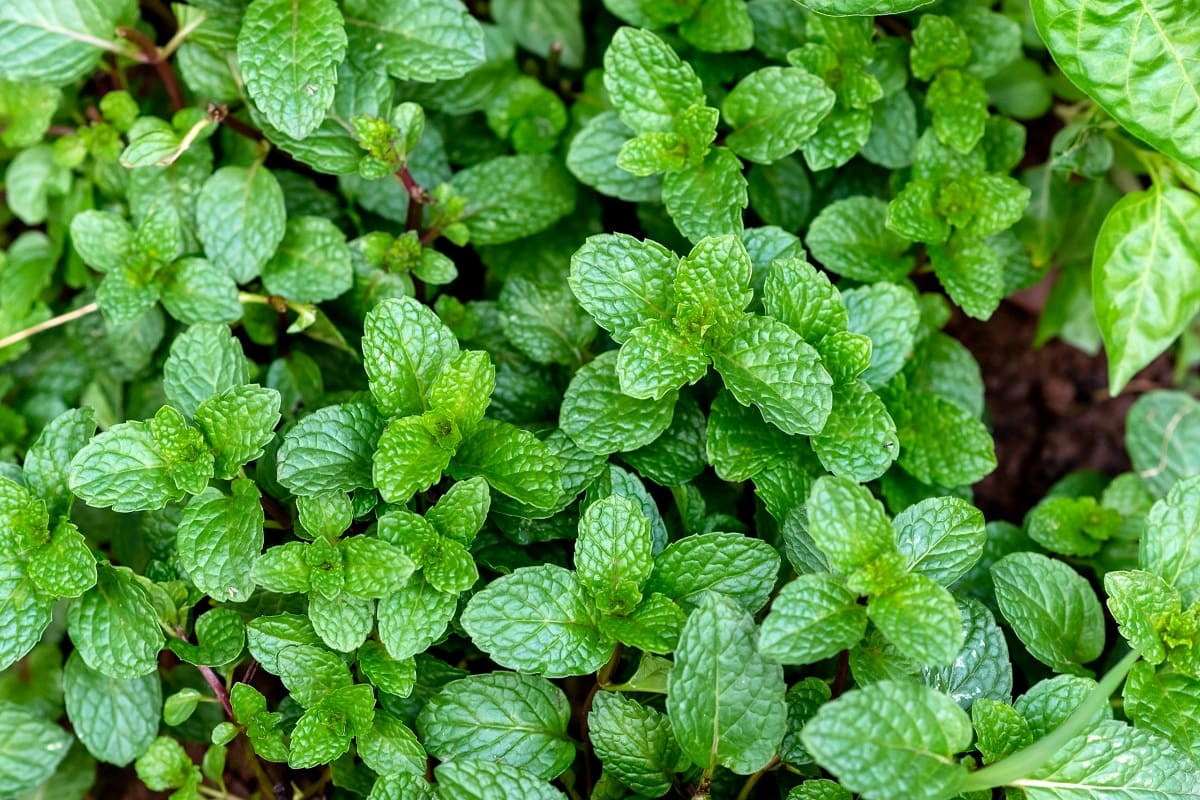


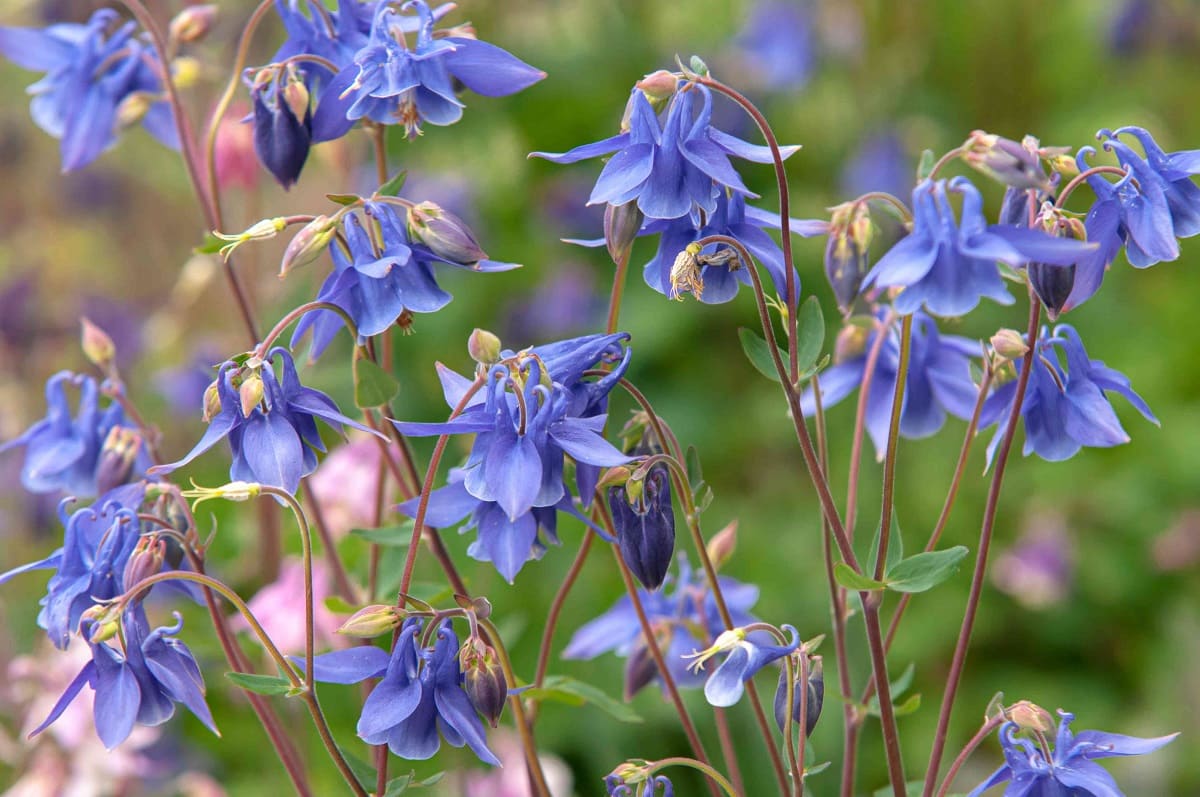
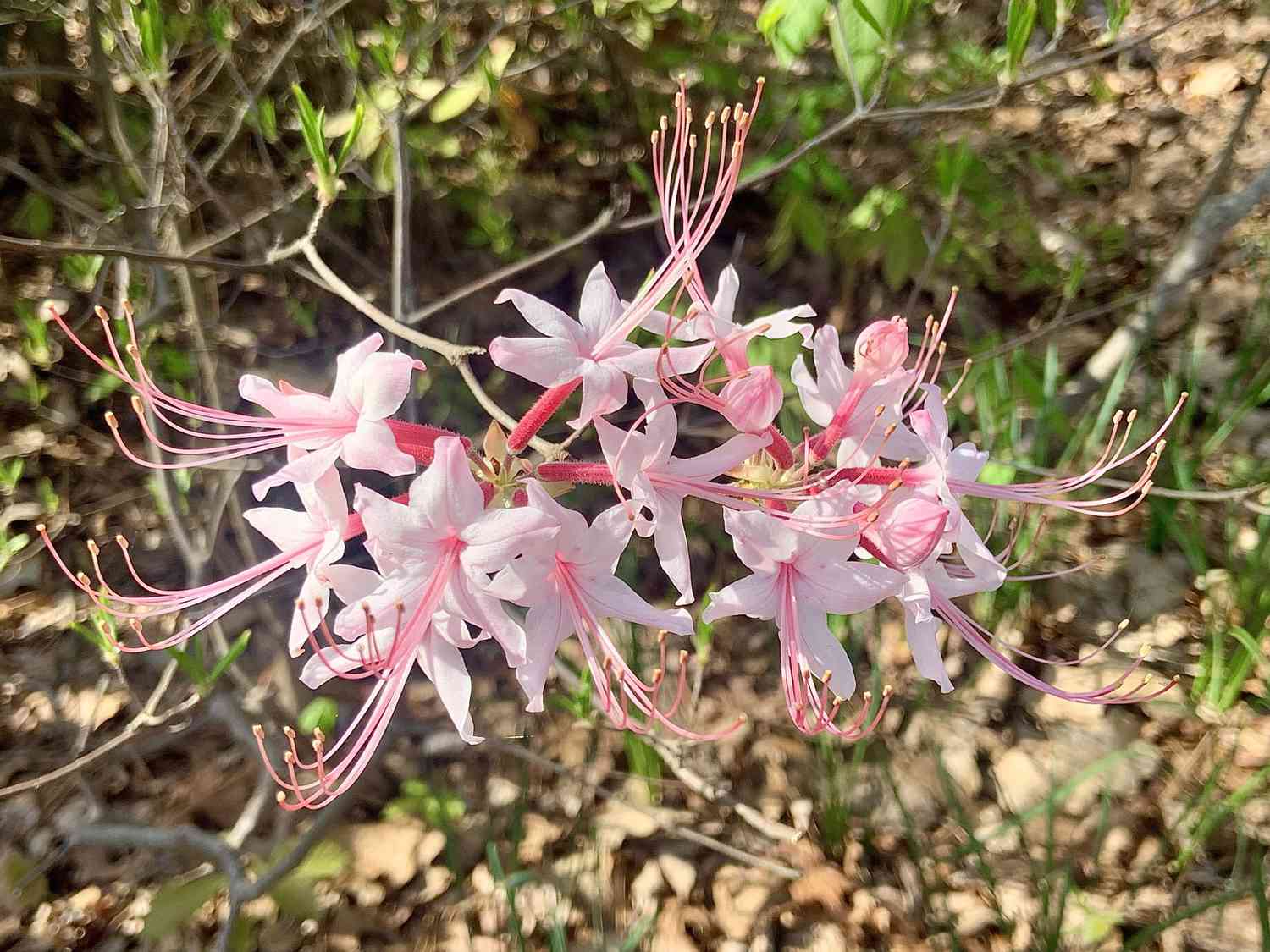
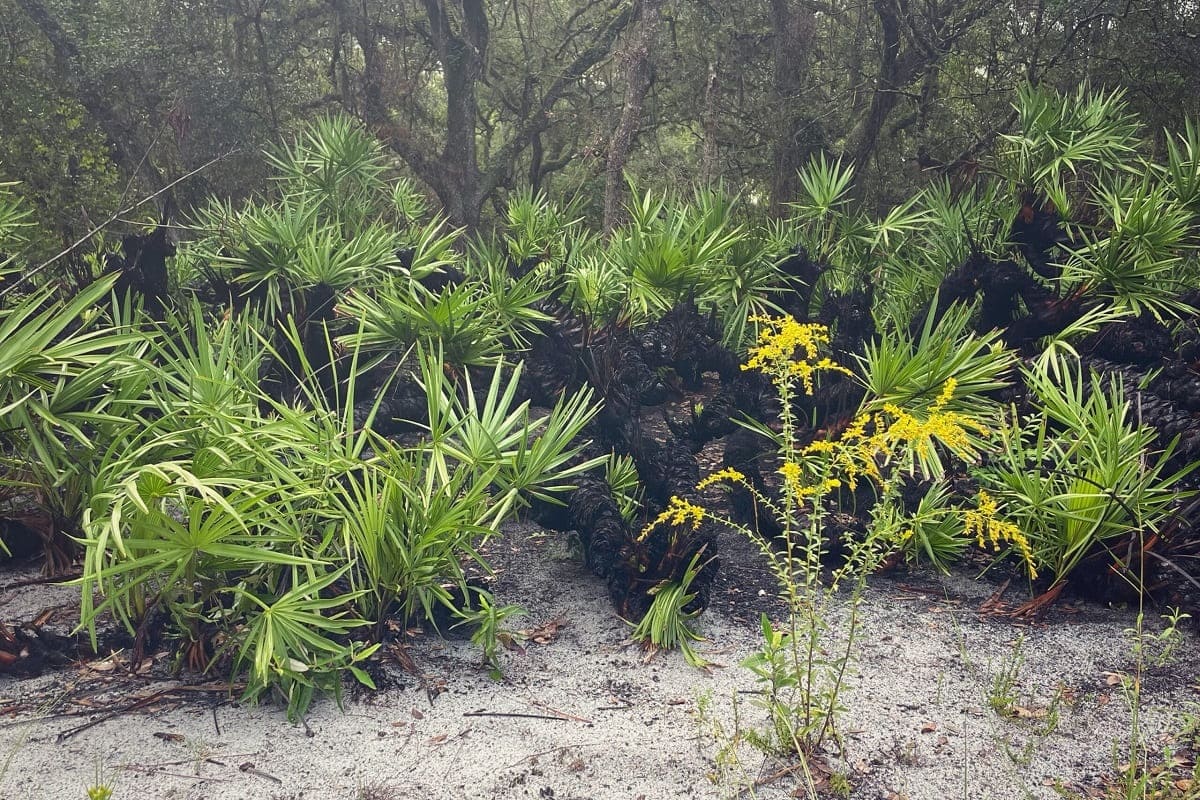



0 thoughts on “Where Is The Coffee Plant Native To”